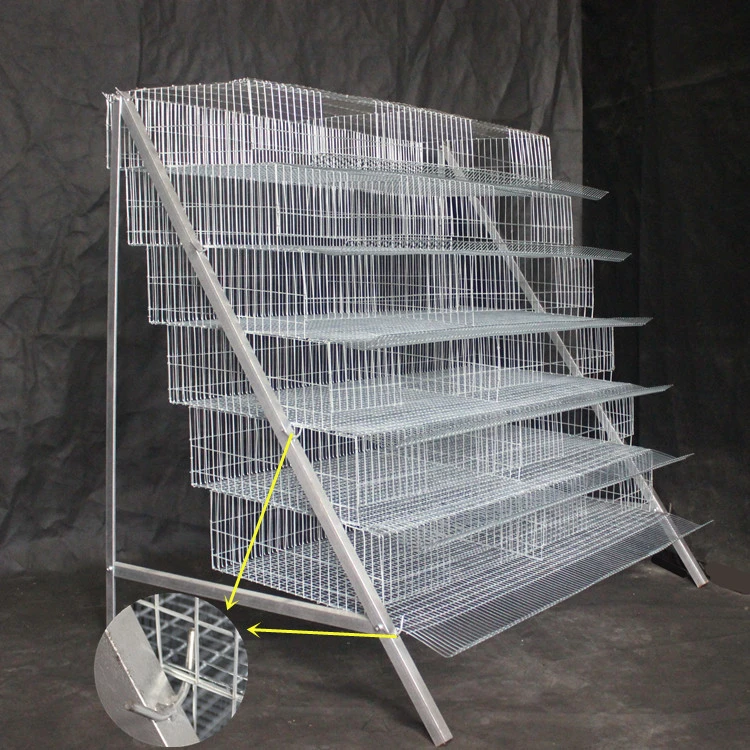Exploring Flattened Expanded Metal Mesh Versatility and Applications
Flattened expanded metal mesh is a widely used material that has carved its niche across countless industries due to its unique properties and versatility. This type of expanded metal is produced by taking a sheet of metal and mechanically cutting and stretching it, resulting in a mesh-like structure that is both strong and lightweight. The “flattened” aspect refers to the process of pressing the expanded metal, creating a smooth, flat surface suitable for various applications.
The main advantage of flattened expanded metal mesh lies in its structural integrity. The process of expanding metal retains much of the material’s original strength while reducing its weight. This makes it an ideal choice for applications where weight is a concern, such as in the automotive and aerospace industries. Additionally, the mesh design provides excellent ventilation and airflow, making it suitable for use in applications such as screens, grilles, and filters.
One of the most common applications of flattened expanded metal mesh is in construction and architecture. It is frequently used as decorative facades, railings, and cladding. The aesthetically pleasing patterns created during the expansion process can enhance the visual appeal of buildings while allowing for light and air to penetrate, contributing to energy efficiency.
In the realm of safety and security, flattened expanded metal mesh has become a preferred choice for barriers and fencing. Its robust structure provides a deterrent against intrusion while allowing visibility, making it suitable for both commercial and residential use. In industrial settings, it is often utilized for walkways, platforms, and machine guarding, ensuring safety while enhancing durability.
flattened expanded metal mesh

Beyond construction, flattened expanded metal mesh is widely utilized in the food processing industry
. Its hygienic properties and easy-to-clean surface make it an ideal choice for trays, shelving, and conveyor belts. The mesh design promotes proper drainage and air circulation, which is critical in preventing spoilage and maintaining quality.Furthermore, the automotive sector benefits from flattened expanded metal mesh through its use in vehicle grilles and heat shields. The lightweight nature combined with the mesh's ability to dissipate heat makes it an engineering favorite for enhancing vehicle performance.
Another area where flattened expanded metal finds its place is in art and design. Artists and designers often incorporate this material into innovative sculptures and installations due to its unique texture and form. The ability to manipulate its shape and appearance opens up endless possibilities for creative expression.
Maintaining and fabricating flattened expanded metal mesh is relatively straightforward. It can be easily cut, welded, and formed into various shapes, allowing for customization according to specific project requirements. The material is available in various types of metals, including aluminum, steel, and stainless steel, enabling it to be suited for different environments and applications.
In summary, flattened expanded metal mesh represents a perfect fusion of functionality, durability, and aesthetic appeal. Its diverse applications across various sectors—from architecture to security to food processing—demonstrate its versatility as a go-to material. As industries continue to innovate and evolve, the demand for flattened expanded metal mesh is likely to grow, further solidifying its status as a vital component in modern construction and design. Whether for practical uses or artistic creations, this material remains an influential player in shaping our built environment.

















